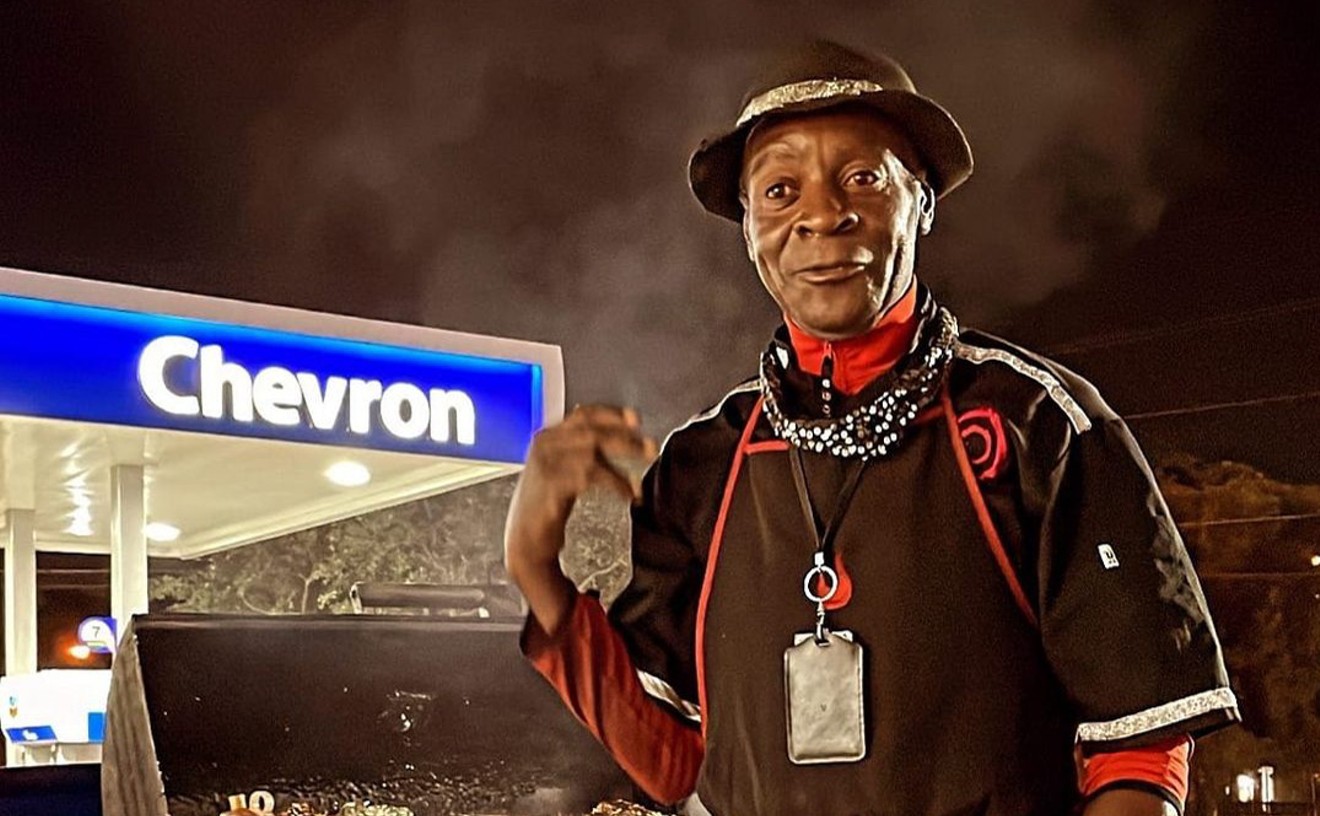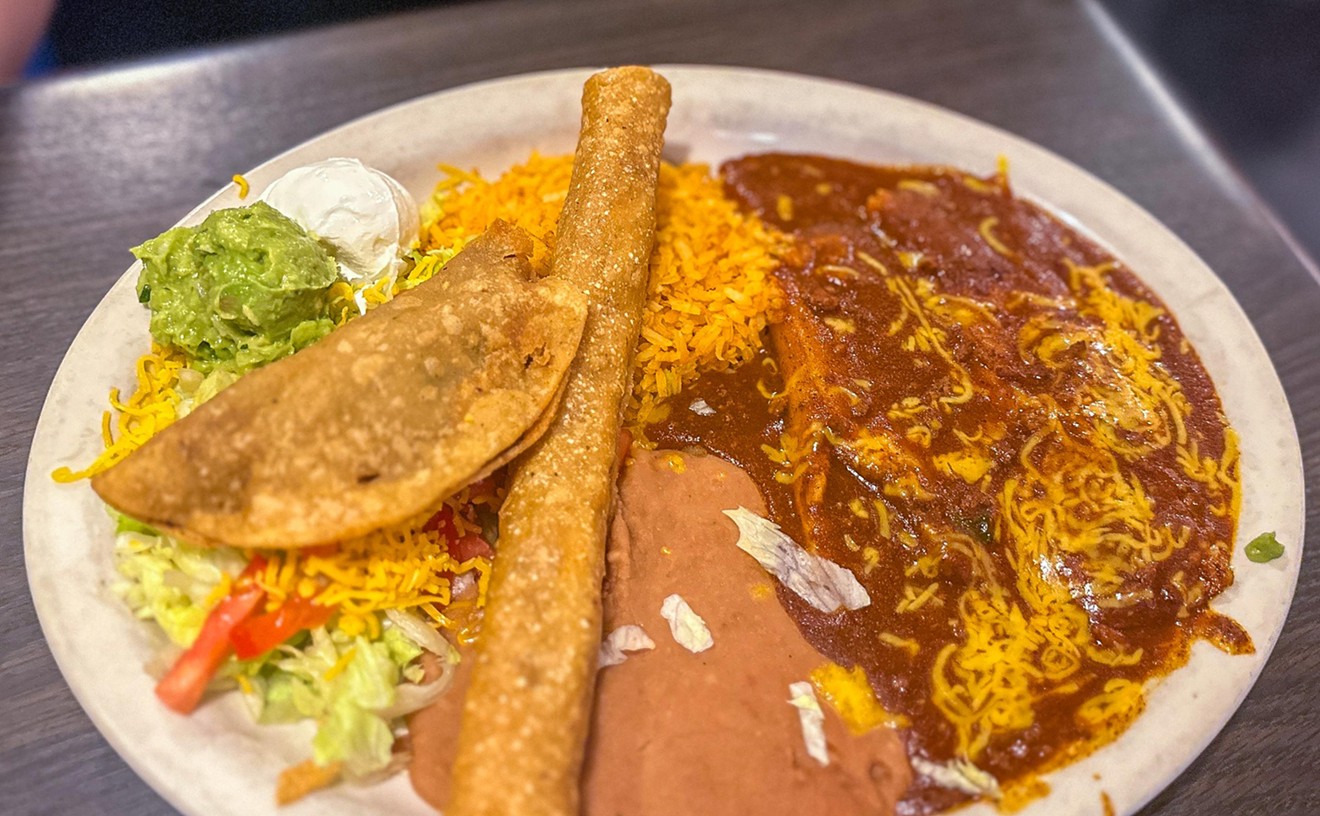Although it's based on the true story of the illegitimate daughter of a Royal Navy captain and an enslaved African woman, Amma Asante's Belle's richest inspiration comes from a painting. A 1779 double portrait hanging at Scone Palace in Scotland, it shows a pretty blonde teenager decked out in typical late-18th-century finery, gazing pleasantly enough at the viewer. But the figure to her right, a dark-skinned young woman in an equally fine but much less constricting gown, is the real showstopper: A bowl of fruit cradled in her left arm, she appears to be dashing out of the frame, on her way to someplace much more exciting. Her headgear is a turban decorated with a rakish plume, a world away from the standard-issue wreath of pink flowers perched on her friend's hair.
The blonde girl is pretty; the maiden of color is dazzling. And if the portraitist, possibly unsure exactly how to introduce this girl to the world, presents her as an "exotic," the suggestion is that she and her blonde compatriot are friends and equals. It's impossible to see this grand and mysterious picture and not want to know her story.
That's exactly how screenwriter Misan Sagay fell into writing the script for Belle, which is highly and unapologetically fictionalized: Very little is known about the black woman in the painting, Dido Elizabeth Belle, who as a young girl was sent by her father to Hampstead to be raised by her great uncle, William Murray, the Earl of Mansfield. In Belle, that happens in an early, tender scene, in which the child Belle is dropped off at a great English mansion by her father (Matthew Goode). He then disappears, leaving her new guardians, Lord and Lady Mansfield (Tom Wilkinson and Emily Watson), to briefly cluck over the color of her skin before fully accepting her into their household along with the other grandniece a different nephew has dropped into their care.
The little girls grow into young women: Dido (Gugu Mbatha-Raw) and Elizabeth (Sarah Gadon), the movie versions of the girls in the painting, become as close as sisters. The most compelling twist of Belle, a plot point so intensely dramatic that you couldn't make it up, is that Lord Mansfield, in his capacity as Lord Chief Justice, is about to rule on a case that would become a fulcrum for the abolitionist movement: the 1781 Zong massacre, in which Africans being transported to England on a slave ship were killed by the crew, ostensibly because there wasn't enough drinking water on board for crew and "cargo." The Zong's owners tried to claim insurance money for the loss of (human) property, and after the insurers refused, the case reached the high court, to be overseen by Lord Mansfield.
There's a great story here, but Asante can't quite harness its power. Belle is handsome-looking, shot in golden, faded-brocade tones by Ben Smithard, but it moves stiffly, encumbered by too many petticoats of expository dialogue. Mbatha-Raw tries to bring the right proportions of elegance and warmth to the role, but she can't bust out of the movie's costume-drama conception.
At the very least, Belle does try to deal with the possible complexities of Dido's position in this aristocratic family. Asante addresses, delicately but resolutely, the fact, drawn from records of the time, that Dido was not allowed to dine with her family when guests were being entertained, though she would appear afterward for coffee. In real life, might Dido have been treated as a lady's companion, rather than as Elizabeth Murray's equal? That 1779 portrait doesn't make Dido's role in the family completely clear.
But the painting does show a kinship between the girls that defies any social conventions of the day. Strangely, the version of the painting that Belle gives us is very different, a dull, conventional portrait that shows Dido and Elizabeth, both in the conventional dress of the era, looking like sorority soulmates. This movie painting, unlike the original, has no effervescence or energy.
Belle may have been inspired by a striking feat of portraiture, but that portrait is also the movie's undoing. Its vision is puny by comparison. Asante may have worried that showing Dido in that turban would prove too complicated for modern viewers, who might automatically read — or, rather, misread — the image as evidence that Dido must have been nothing more than an exotic pet for the Mansfield family. But real life is so much more complicated than that.










